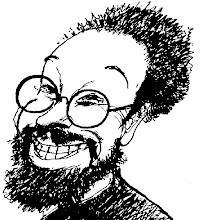With Sandy threatening outside, I used the last two days to catch up on some of the TV shows I've recorded over the past few months but never made time to watch. After polishing off the remaining episodes of Copper, I watched three of Hit and Miss, enough to tell I wasn't going to waste four hours of my life on the the four left on my DVR. Last night, I watched the three episodes of The Walking Dead that have aired so far this season.
And then, this afternoon, I went from the ridiculous to the sublime and finished the PBS broadcast "Red White and Blues," broadcast in February as part of the series In Performance at the White House.
Actually, it wasn't all sublime.
Craggy-faced Mick Jagger, still prancing around the stage in leather jacket and red shoes though he's nearly 70, sent me to the fast forward button. But there was plenty to make up for Jagger's aging pixie act: Buddy Guy, Gary Clark, Jr., Keb Mo, Shemekia Copeland, and the master, B.B. King--almost 90, and still able to wring worlds of emotion from a single note.
What stuck with me, though, long after I turned off the TV, were the two full-length portraits of George and Martha Washington on either side of the stage.
For a moment, I wished it were possible to ask the Father of our Country what he thought of the motley, mulatto crew of musicians and their wailing electric guitars. And what would he have made of Barack Obama, the nation's first black president, son of an African father and paradoxically descended from American slaves on his (white) mother's side?
It was one of those times where I wished Ralph Ellison, gone these long 18 years, was still here to divine the meaning of that particularly American moment.
Watch Red White and Blues on PBS. See more from In Performance at The White House.

